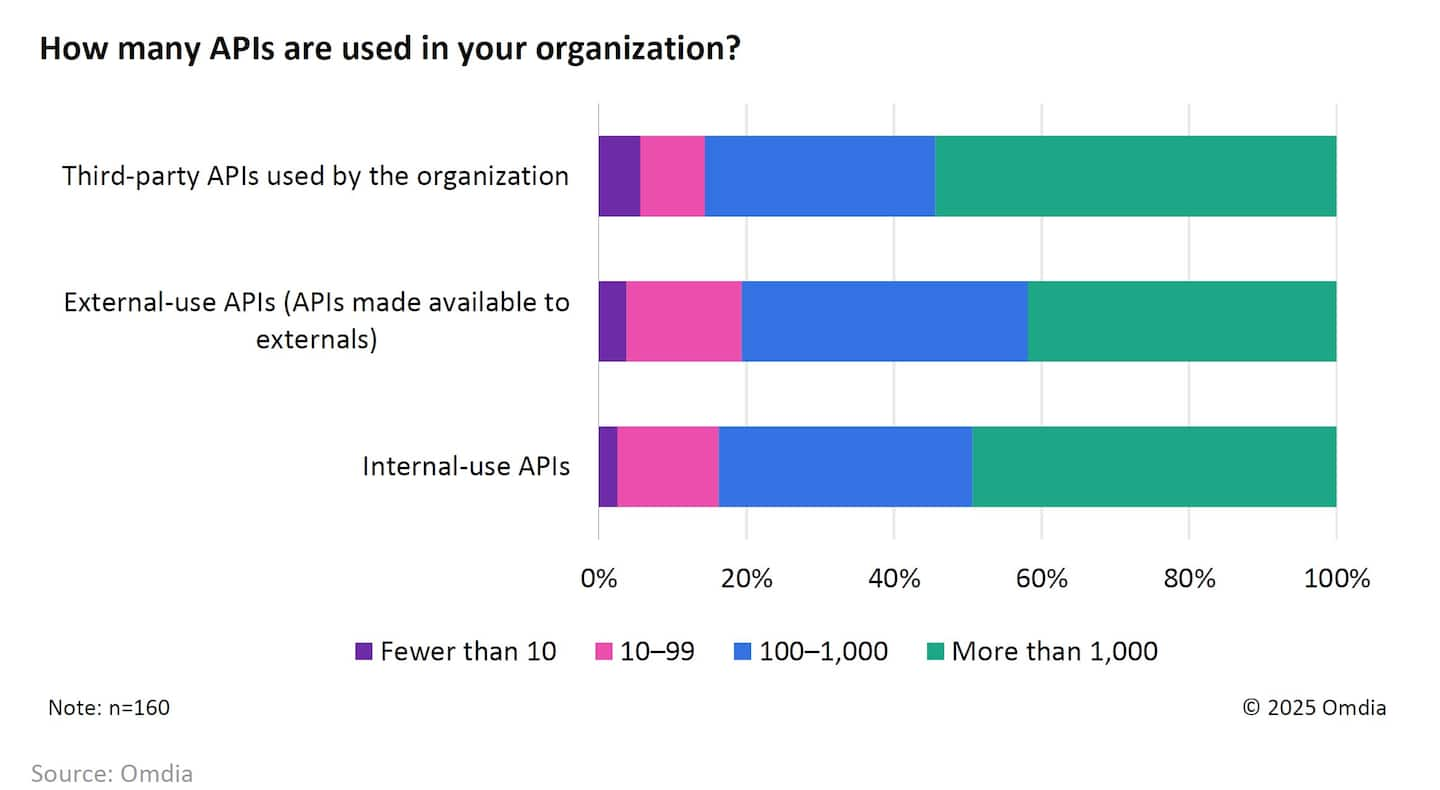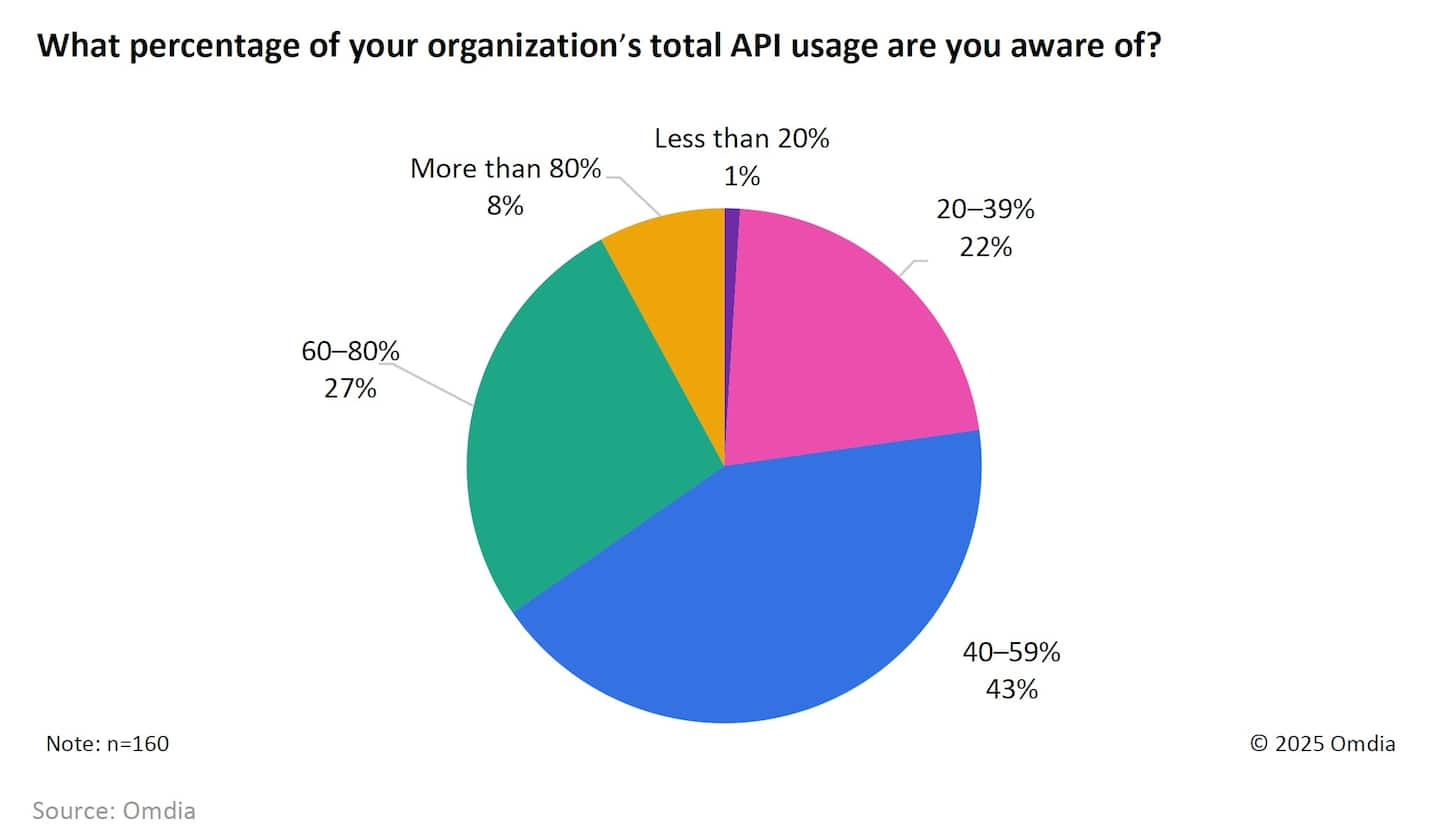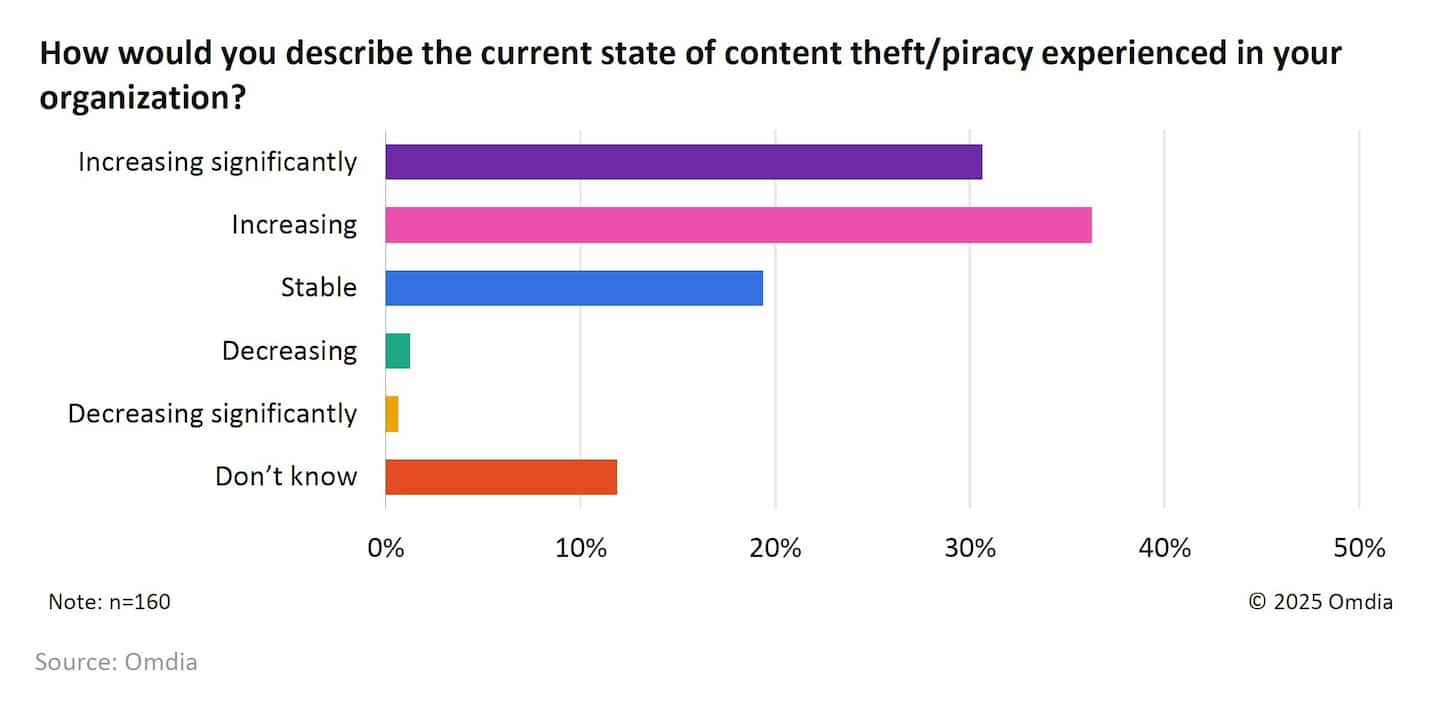API Security Is Key to Cyber Resilience in Media and Entertainment
The media and entertainment (M&E) industry is undergoing a profound transformation as video distribution shifts to cloud native and software-driven workflows.
This evolution has introduced a growing reliance on APIs, which enable seamless content creation, processing, and delivery. However, expanded API use leads to increased attack surfaces, exposing media organizations to new security vulnerabilities — including piracy threats.
A 2025 study by Omdia in partnership with Akamai highlights these challenges and underscores the urgent need for robust API security strategies.
APIs: The backbone of modern media and entertainment operations
APIs have become crucial to modern M&E operations, enabling integration across multiple services, platforms, and partners. Whether for content distribution, metadata management, or audience analytics, APIs facilitate efficiency and scalability. However, many organizations struggle with security, citing challenges such as high costs, the difficulty of identifying the right solutions, and a limited awareness of API-related threats.
The Omdia/Akamai study surveyed 160 M&E organizations around the world, with most respondents representing organizations with more than US$500 million in revenue across broadcasters, pay TV operators, over-the-top (OTT) service providers, and social media platforms.
The importance of a comprehensive approach to API security
The growing use of APIs is increasing security risks
A total of 49% of M&E leaders reported that they used more than 1,000 internal-use APIs. Another 42% said the same for external-use APIs, and more than half (54%) said they used more than 1,000 third-party APIs (Figure 1). The sheer volume of APIs has made security oversight more complex, leading to potential blind spots.
Limited visibility creates vulnerabilities
Many organizations lack comprehensive insight into API traffic, making it difficult to monitor and secure their systems effectively. Figure 2 shows that only 8% of respondents reported that they had visibility into almost all (> 80%) of their API use, 43% said they were aware of about half of their APIs, and another 22% were only aware of some (20%–39%).
Fragmented security efforts hinder progress
Today’s landscape is increasingly fragmented, particularly with respect to devices, platforms, and distribution infrastructure. Security responsibilities are often spread across multiple teams, resulting in inconsistencies and inefficiencies.
Strategic API security investment is critical
Security solutions are a strategic necessity worthy of prolonged investment. Organizations must prioritize API visibility, compliance auditing, and testing to safeguard critical infrastructure and intellectual property.
Piracy is a growing concern in the API security landscape
As API adoption continues to expand, piracy is becoming one of the most pressing modern threats — especially in the area of content security. The study revealed that 67% of respondents believed content theft to be “increasing” or “increasing significantly” (Figure 3).
As content providers move to IP-native distribution architectures for their high-value media assets, malicious actors have more opportunities to exploit vulnerabilities — and traditional security measures, such as digital rights management, token authentication, and encryption, are no longer enough protection.
Mitigating piracy
The study revealed some of the new techniques M&E companies are refining to mitigate piracy threats, including:
Watermarking APIs for content tracking. By embedding forensic watermarks, companies can help trace the source of pirated content.
App hardening to protect content and user data. This secures environments in which content is accessed, preventing unauthorized tampering or data leakage.
- Piracy monitoring and enforcement. This supports automated web scraping and threat intelligence gathering to identify and shut down unauthorized content distribution.
API security is a strategic necessity
As M&E organizations continue to implement cloud, digital, and AI-centric business initiatives, securing APIs is a must for protecting workflows, intellectual property, and revenue streams. The increasing sophistication of threat actors and the rising impact of piracy demands a proactive approach to API security.
API security isn’t just a cost of doing business; it’s a strategic investment that ensures long-term resilience and trust in the evolving M&E ecosystem. Many organizations, however, struggle with selecting the right technologies to ensure visibility and meet compliance requirements. If unaddressed, these challenges leave critical gaps in security.
To explore these challenges in depth and to learn how to build a comprehensive API security strategy, download API Security Is Now Key to Securing M&E Workflows.





